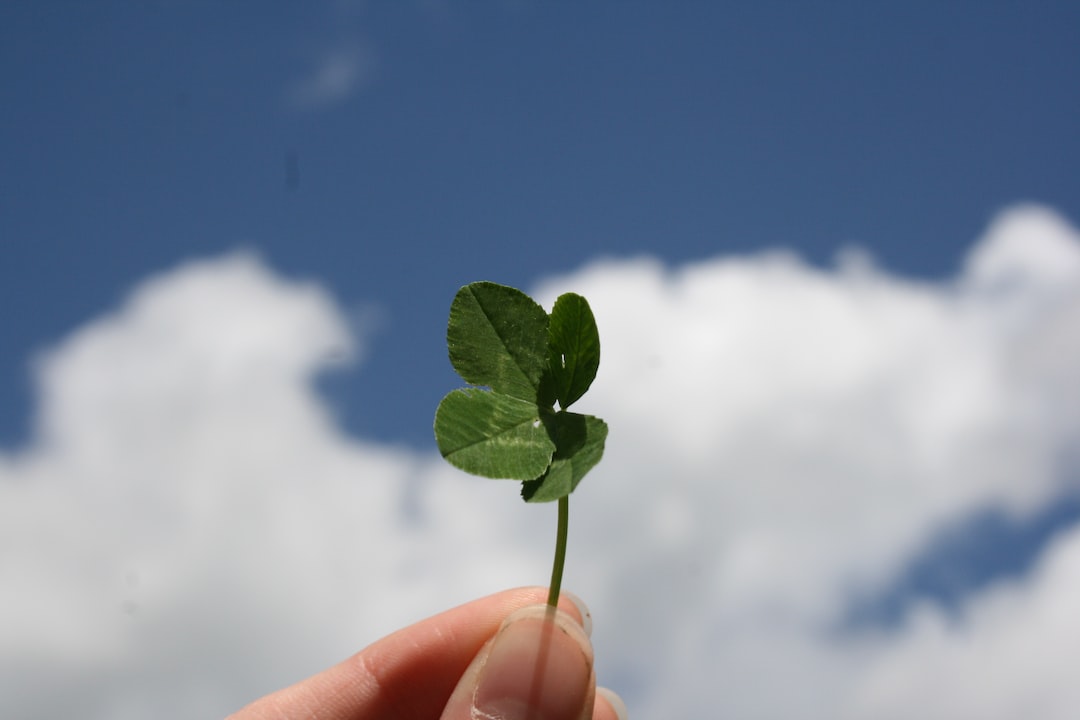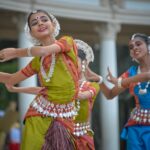Are you looking for good luck wedding traditions to add a special touch to your big day? We’ve compiled a list of unique customs from around the world that have been used in weddings for centuries. From Chinese, Indian, Japanese and African wedding traditions, we explore how these diverse cultures bring good fortune into marriage. Join us as we take an exciting journey through time and learn about the different ways couples ensure their union is blessed with luck.
Good Luck Wedding Traditions
Chinese Wedding Traditions
Chinese wedding traditions are steeped in symbolism and superstition, with many customs designed to bring good luck to the couple. Red envelopes filled with money are a popular tradition for bringing good luck. These red envelopes, known as hongbao or lai see, symbolize wealth and prosperity. They can be given by family members or friends of the bride and groom during the wedding ceremony or reception.
Tea Ceremony is another traditional Chinese custom that brings good fortune to newlyweds. The tea ceremony involves both families coming together to share tea while offering their blessings for a successful marriage. This ritual is meant to show respect between two families and signify unity between them. It also serves as an opportunity for the couple’s parents to get acquainted before they become in-laws.
Indian Wedding Traditions
Indian weddings are full of vibrant colors and rituals that bring good fortune to the newlyweds. Common good luck wedding traditions include the henna ceremony, a baraat procession, and an exchange of garlands between the bride and groom.
The Henna Ceremony is one of the most important pre-wedding ceremonies in Indian culture. This event marks the beginning of festivities as it symbolizes joy, love, fertility, and prosperity for the couple’s future together. The bride’s hands are decorated with intricate designs made from natural henna paste applied by family members or professional mehndi artists. During this time there is usually music playing along with singing and dancing which adds to its festive atmosphere.
The Baraat Procession is another traditional ritual in India where friends and family accompany the groom on his way to meet his bride at her home or venue location for their wedding ceremony. It’s considered a very joyous occasion as everyone celebrates while dancing along with drums being played as they make their way through town. The groom typically rides on a white horse surrounded by loved ones who shower him with flower petals while he makes his grand entrance into his soon-to-be wife’s home or venue location.
Lastly, during an Exchange of Garlands ceremony both parties will place flowers around each other’s necks signifying their union as husband and wife before taking part in any other rituals such as exchanging rings or vows etc. This tradition also serves to honor each partner’s families since it involves them both participating in this special moment together. Afterward they may perform more fun activities like feeding each other sweets which symbolize sweetness throughout their marriage life ahead.
Japanese Wedding Traditions
Japanese weddings are steeped in tradition and symbolism, with many customs designed to bring good luck to the couple. A popular wedding tradition is the Shinto ceremony, which dates back centuries and is still practiced today. During this ceremony, a priest will perform rituals such as purifying the bride and groom with salt water or sake before they exchange vows. The couple may also be presented with sacred items such as a mirror or sword that symbolize their union.
The San-san-kudo ritual is another traditional part of Japanese weddings. This involves three sips of sake from each partner’s cup, signifying an agreement between them to share joys and sorrows throughout their marriage. Afterward, they exchange gifts like rings or other jewelry to represent their commitment to one another.
Finally, wearing kimonos or hakama outfits for the ceremony has become increasingly popular in recent years due to its beauty and elegance. These garments are usually made from luxurious fabrics like silk or brocade that have been dyed vibrant colors such as red or blue depending on the season of the wedding. For added flair, couples often choose matching obi belts for themselves and attendants who will be standing by during the ceremony
African Wedding Traditions
African wedding traditions are full of color and symbolism. One of the most popular rituals is the Jumping the Broom Ceremony, which symbolizes sweeping away any bad luck or negative energy from the couple’s past. During this ceremony, a broomstick is placed on the ground and both partners jump over it together to signify their commitment to each other. This tradition dates back centuries in African culture and is still widely practiced today.
The Kola Nut Exchange is another traditional ritual that signifies unity between two families. The bride and groom exchange kola nuts as a sign of respect for one another’s family lineage and ancestors. The exchange usually involves sharing stories about each family’s history while holding hands with one another as they take part in this symbolic gesture.
Traditional dances are also an important part of African weddings, with different styles depending on region or tribe affiliation. These dances can range from celebratory circle dances to more intimate couples’ moves such as shoulder-shaking or hand-clapping rhythms that bring everyone together in joyous celebration of love and marriage.
Conclusion
As you can see, there are many different good luck wedding traditions from around the world. From Chinese to Indian to Japanese and African weddings, each culture has its own unique way of wishing newlyweds a lifetime of happiness and prosperity. Whether it’s throwing rice or tying a knot, these customs are sure to bring joy and good fortune into your special day. So don’t forget to incorporate some of these traditional practices into your ceremony for an extra bit of luck.




